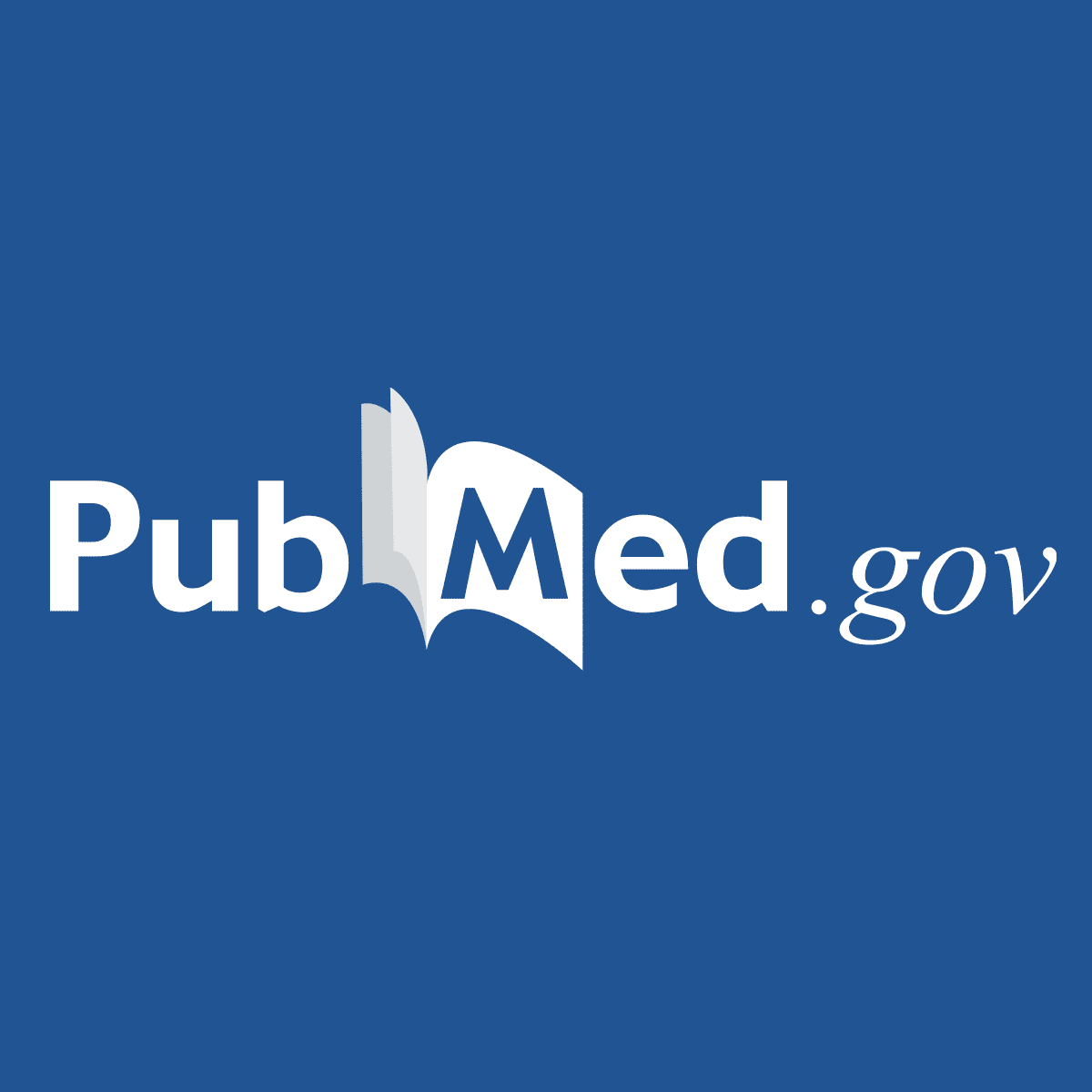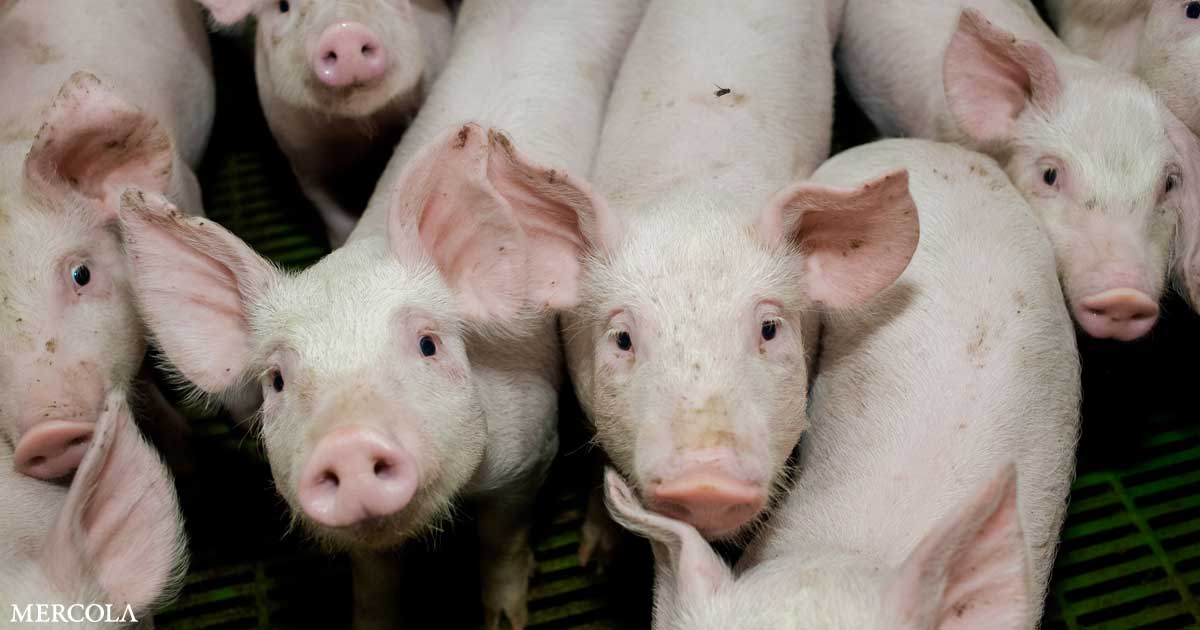Rinse & rePeat
Member
- Joined
- Mar 10, 2021
- Messages
- 21,516
“Linoleic and linolenic acids, the "essential fatty acids," and other polyunsaturated fatty acids, which are now fed to pigs to fatten them, in the form of corn and soy beans, cause the animals' fat to be chemically equivalent to vegetable oil. In the late 1940s, chemical toxins were used to suppress the thyroid function of pigs, to make them get fatter while consuming less food. When that was found to be carcinogenic, it was then found that corn and soy beans had the same antithyroid effect, causing the animals to be fattened at low cost. The animals' fat becomes chemically similar to the fats in their food, causing it to be equally toxic, and equally fattening.” -Ray Peat


